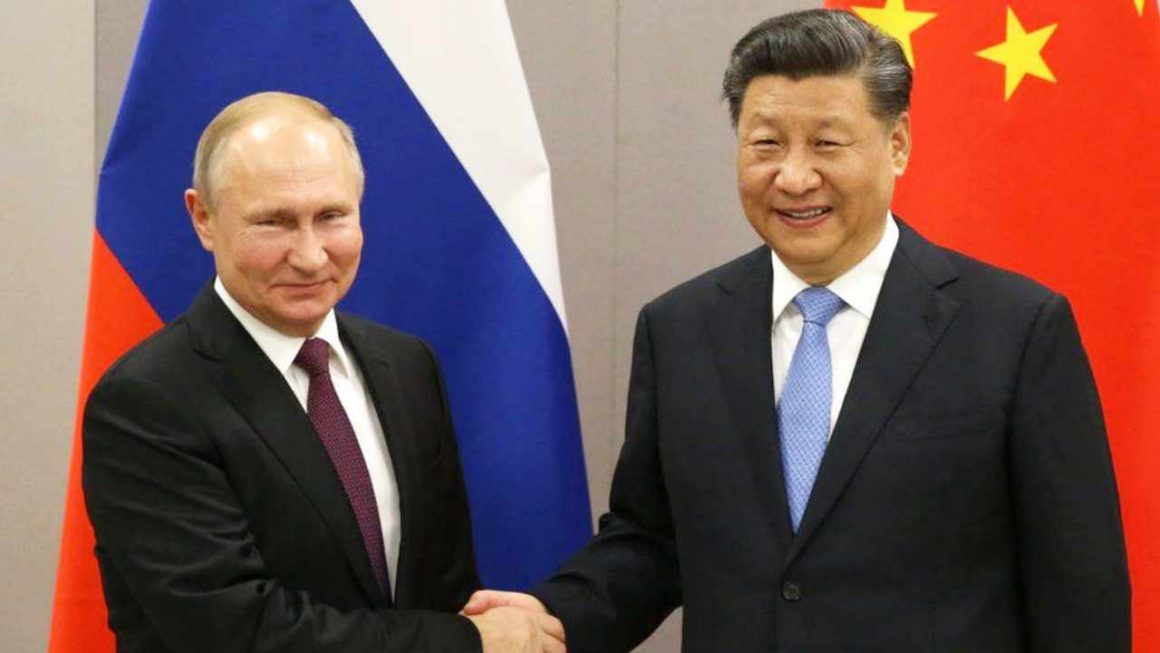Economists weigh in on reports that China and Russia may be developing new gold-backed currencies that could weaken the U.S. dollar’s position as the world’s primary reserve currency. They stated.
Russia and China may be developing a gold-backed currency
Fox Business reported on Saturday that several experts are of the opinion that Russia and China may create a new gold-backed currency, highlighting that while Russia has moved away from the US dollar due to sanctions following its invasion of Ukraine, China is buying up large amounts of gold They say.
The news outlet noted that these developments, along with the closer ties that have developed between Moscow and Beijing, have led some experts to point to the possibility that China may seek to launch a gold-backed currency. However, neither Russia nor China has officially confirmed plans for such a currency.
Craig Singleton, a senior fellow at the Foundation for Defense of Democracies and a former U.S. diplomat, explained that Chinese leaders have been talking about reforming the global financial system and reducing the U.S. dollar’s dominance for 20 years.
“Two components in that strategy center around the development of a yuan-based global commodity trading system and China’s efforts to work with Russia and other like-minded countries to create a new reserve currency to challenge the dominance of the dollar,” he told Fox News Digital, elaborating He elaborated.
In short, Beijing and Moscow are trying to build their own sphere of influence and a currency unit within it, in effect trying to protect themselves from the threat of US sanctions.
In July, Swiss gold exports to China rose to their highest level since December 2016. According to Swiss customs data, Switzerland shipped 80.1 tons of gold worth CHF 4.4 billion to mainland China in the same month.
Min-Hua Chiang, a researcher and economist at the Heritage Foundation’s Center for Asian Studies, believes the attractiveness of the new Russian-Chinese currency “will be limited” due to low trade volumes, saying.
Even if both countries use the new currency for bilateral trade transactions, the relatively low trade volume will have a limited impact on the US dollar.
Data from SWIFT (Society for Worldwide Interbank Financial Telecommunications), a global financial messaging company, show that 42.6% of global payments in August percent were in U.S. dollars, 34 percent in euros, and 2.3 percent in Chinese yuan.
The Heritage Foundation economist stressed that the yuan “still falls short of the US dollar and the euro,” adding that a multinational currency like the euro would require “a level of political and economic coordination and integration not seen in Asia today.” He opined that.
The US dollar remains the safest, most convenient, and most widely used currency in Asia and the world today. No other currency (whether backed by gold or not) compares, and that will not change in the near future.
At the July BRICS summit, Russian President Vladimir Putin announced that the BRICS economies plan to issue a “new world reserve currency.” The BRICS countries are Russia, China, India, Brazil, and South Africa. Analysts see the BRICS move to create a reserve currency as an attempt to undermine the U.S. dollar and the International Monetary Fund’s Special Drawing Rights (SDR).
Image credit: Shutterstock, Pixabay, Wiki Commons

